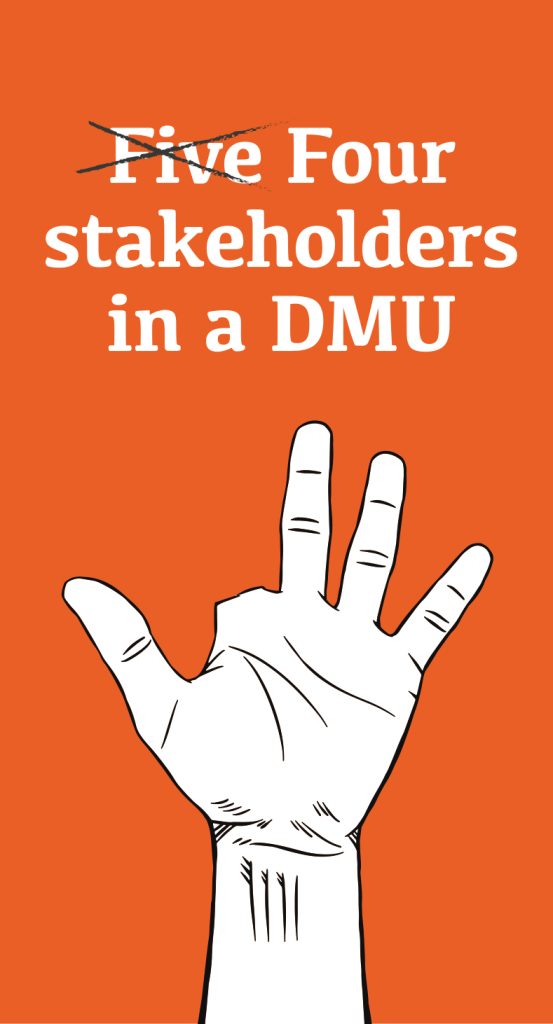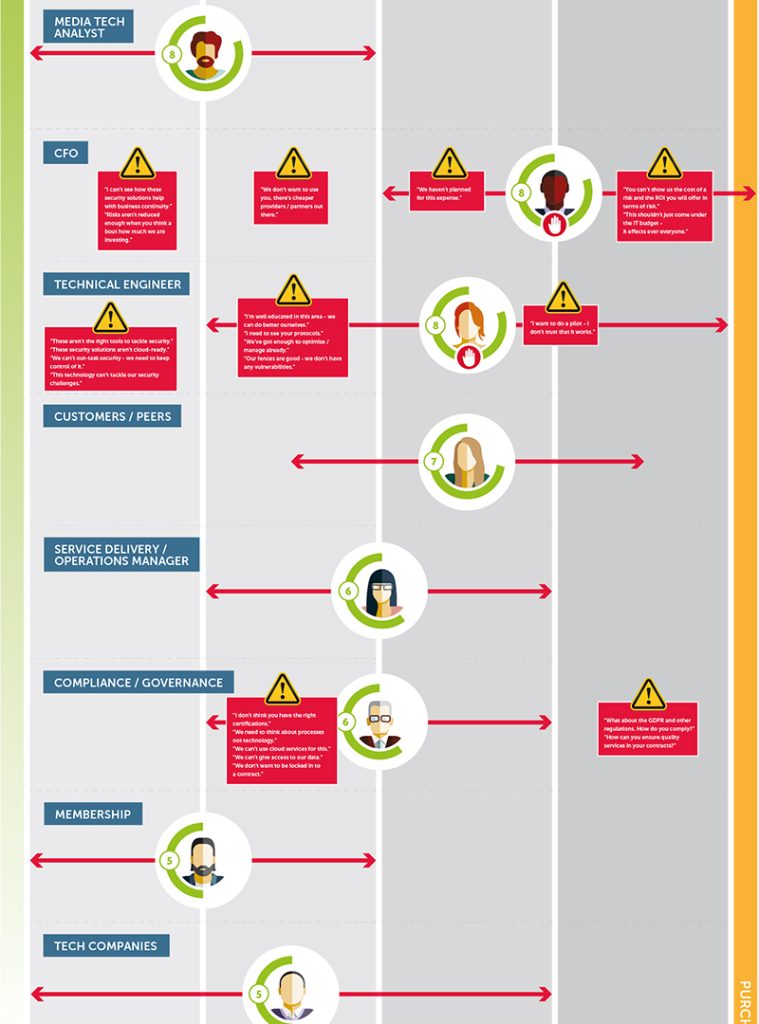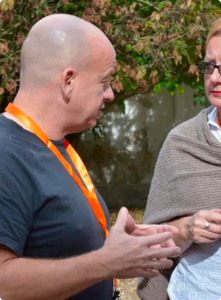Dutchism #2: To have a finger in the porridge

Be in control
As you know the Dutch have a way with words. The actual meaning of the aforementioned saying is: To have influence or control over something. In B2B marketing we are a sucker for facts. So, we always want to know which people have a finger in the porridge, or in proper English, have a say when making a purchase. Who decides, advises, or blocks decisions inside our targeted organizations?
Understanding the Decision-Making Unit (DMU) is crucial in B2B marketing. It refers to the group of individuals within an organization who influence the purchasing process. Deciphering the DMU is like untangling the complex web of organizational dynamics and interpersonal relationships that shape B2B buying decisions. The DMU in B2B marketing consists of stakeholders who play distinct roles in the decision-making process. Each with varying degrees of influence and authority. Understanding the composition of the DMU helps to create targeted marketing strategies and content that resonate with key decision-makers and influencers at different stages of the buying journey.

In an organization, the purchasing process involves five, sorry four key stakeholders, namely influencers, gatekeepers, buyers, and decision-makers.
1. Influencers are people who have a significant impact on purchasing decisions but do not hold the final authority to make them. They may include department heads, subject matter experts, or key users of the product or service. Their role is to shape opinions, provide recommendations, and influence the criteria used to evaluate potential solutions.
2. Gatekeepers, on the other hand, control access to decision-makers and information within an organization. They act as filters by screening out irrelevant communications and managing the flow of information to decision-makers. Gatekeepers may include administrative assistants, procurement personnel, or middle managers who vet potential vendors and solutions.
3. Buyers are responsible for executing the purchasing process, negotiating terms, and facilitating transactions with vendors. They are crucial in evaluating vendor proposals, comparing offerings, and ensuring alignment with organizational requirements and budgetary constraints.
4. Decision-makers hold the ultimate authority to approve or reject purchasing decisions. They are typically senior executives or department heads who have the power to allocate resources, approve budgets, and greenlight strategic initiatives. Decision-makers weigh various factors, including cost, ROI, strategic fit, and alignment with organizational objectives, in making informed choices.
Conduct stakeholder analysis
Begin by conducting a comprehensive stakeholder analysis to identify and profile key individuals within target organizations who comprise the DMU. This involves mapping organizational hierarchies, identifying decision-makers, influencers, and gatekeepers, and understanding their roles, priorities, and pain points.

Plot the content journey
Tailor marketing messages and initiatives to resonate with different members of the DMU. Craft targeted content and value propositions that address the specific needs, concerns, and objectives of influencers, gatekeepers, buyers, and decision-makers. Adopt a personalized approach that speaks directly to each stakeholder’s interests and pain points. Cultivate relationships with key stakeholders across the DMU early in the buying journey. Engage influencers and decision-makers through thought leadership initiatives, personalized communications, and strategic networking opportunities. Establishing rapport and credibility can increase receptivity to your offerings and position your brand as a trusted partner.
Position your offerings as comprehensive solutions that address the diverse needs and priorities of the DMU. Highlight the tangible benefits, ROI, and value proposition of your products or services, emphasizing how they align with organizational objectives, streamline processes, and drive tangible results.
Image: Click on the image. We will show you a detailed infographic of the influence of different persona in an IT company.
Stay in contact and collaborate within the DMU by providing relevant information, resources, and tools that facilitate informed decision-making. Leverage digital platforms, content marketing, and educational resources to empower stakeholders with the knowledge and insights they need to evaluate your offerings effectively. Proactively anticipate and address objections and concerns raised by different members of the DMU. Conduct thorough research to understand common pain points, objections, and barriers to adoption, and develop compelling responses and solutions that alleviate apprehensions and build confidence in your offerings.
Stay in charge
So, if a Dutch person says that he ‘has a finger in the porridge’ don’t be afraid that he is going to touch your food. He’s just telling you he’s in charge in some way or form. And that’s nice to know when trying to understand the roles, motivations, and priorities in a DMU. With that knowledge, we can craft targeted marketing strategies that resonate with key stakeholders at every stage of the buying journey. By keeping relationships lively, providing comprehensive solutions, and facilitating collaboration, you can effectively engage the DMU and drive success in the competitive B2B marketplace. Make sure you’re the one in control.
Curious about other Dutchisms? Have a look at this one.
#Note. What is a Dutchism?
The Dutch are known for their ability to master foreign languages. Not surprising considering the size of the country and its entrepreneurial nature. Despite their ability to speak foreign languages, sometimes things get lost in translation. Especially in literal translations from Dutch to English, sometimes strange, funny, or even offending mistakes are made. These unintended ‘mistakes’ are called Dutchisms. In the next few months, we will regularly give you an example and attach an interesting view on sales and marketing to it.
Make sure that the knowledge is in your hands

Interested in where to start plotting your customer journey, have a chat with Carl.
